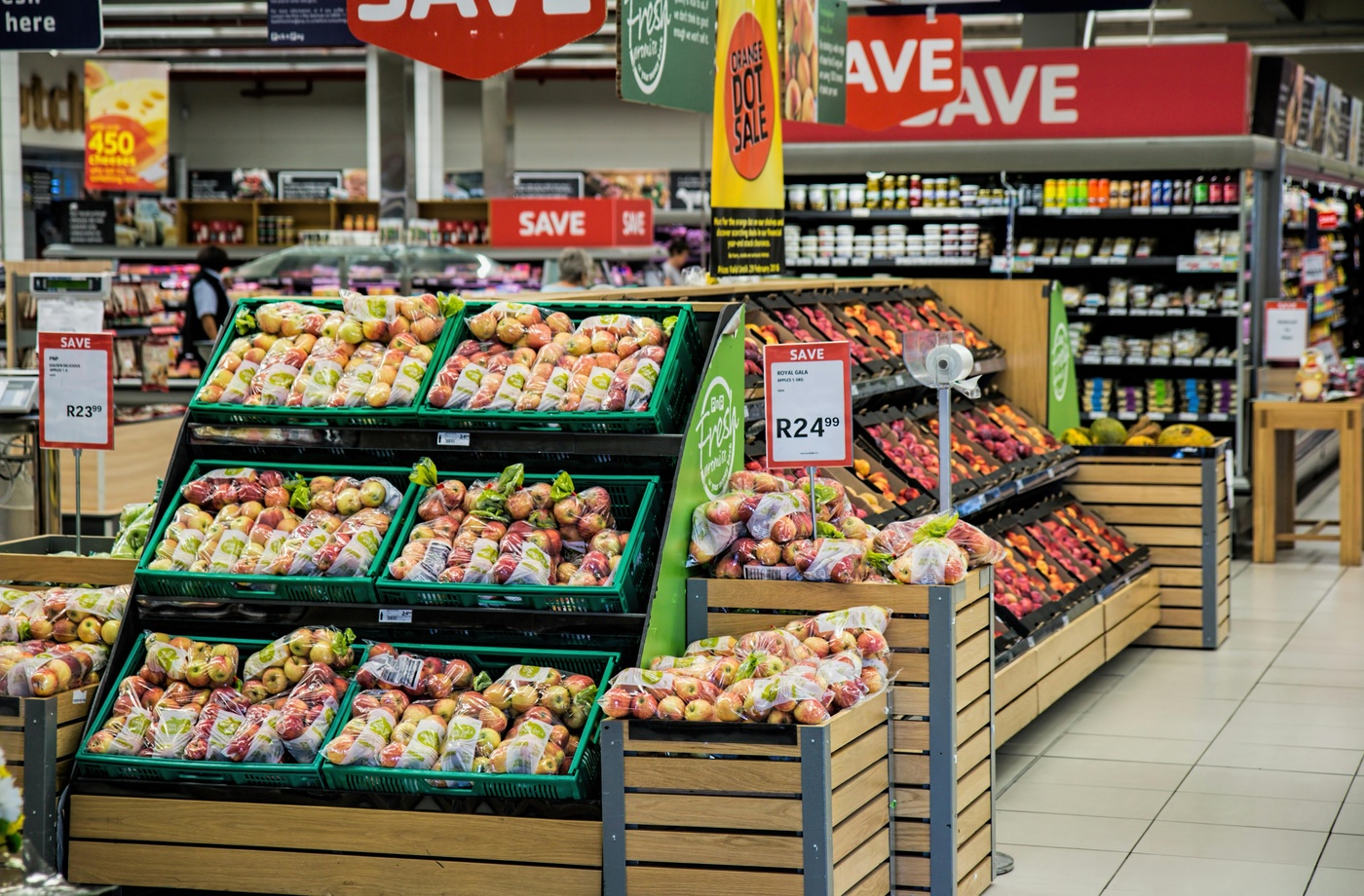Bringing the farm-to-table experience into your home is easier—and more rewarding—than you might think. Rooted in sustainability and seasonality, this style of dining emphasizes fresh, locally sourced ingredients prepared simply and thoughtfully. Whether you’re cooking for family or planning a small gathering, a farm-to-table menu connects your kitchen to your community.
Step 1: Source Seasonal Ingredients Locally
The foundation of any farm-to-table menu is what’s in season. Use LocalHarvest to find nearby farms, CSAs, and farmers markets. Choose produce, dairy, meats, and grains grown close to home. Seasonal ingredients are fresher, tastier, and better for the environment.
Step 2: Let Ingredients Guide the Menu
Once you know what’s fresh, let it inspire the dishes. If tomatoes are in peak season, consider a rustic tomato galette. If it’s autumn, a squash and sage risotto or roasted root vegetable platter might take center stage. Build your menu around what’s abundant—not the other way around.
Step 3: Plan a Balanced Three-Course Meal
A well-rounded farm-to-table meal typically includes:
- Starter: A light soup, seasonal salad, or crostini with local cheese or produce.
- Main: A vegetable-forward entrée or protein sourced from a local butcher or market.
- Dessert: A fruit-based dessert like baked apples, berry cobbler, or honey-roasted pears.
Step 4: Choose Simple, Rustic Preparations
Avoid overcomplicating things. Farm-to-table cooking celebrates the ingredients. Roast, grill, or gently sauté to preserve their natural flavor. Use olive oil, fresh herbs, lemon, and quality salt instead of heavy sauces.
Step 5: Shop Smart and Sustainably
Plan ahead and buy only what you need. To stay within budget, consider shopping with cashback tools like Fluz, which lets you earn rewards when purchasing digital gift cards for major grocers and specialty markets. Combine this with a trip to the farmers market for a full-circle sourcing strategy.
Step 6: Set the Mood at the Table
Use natural elements to style your table—linen napkins, wood serving boards, and seasonal flowers. A farm-to-table meal is as much about atmosphere as it is about taste.
Building a farm-to-table menu isn’t just about food—it’s about intention, community, and reconnecting with the rhythms of the seasons. Start small, stay flexible, and let your local harvest be your guide.



